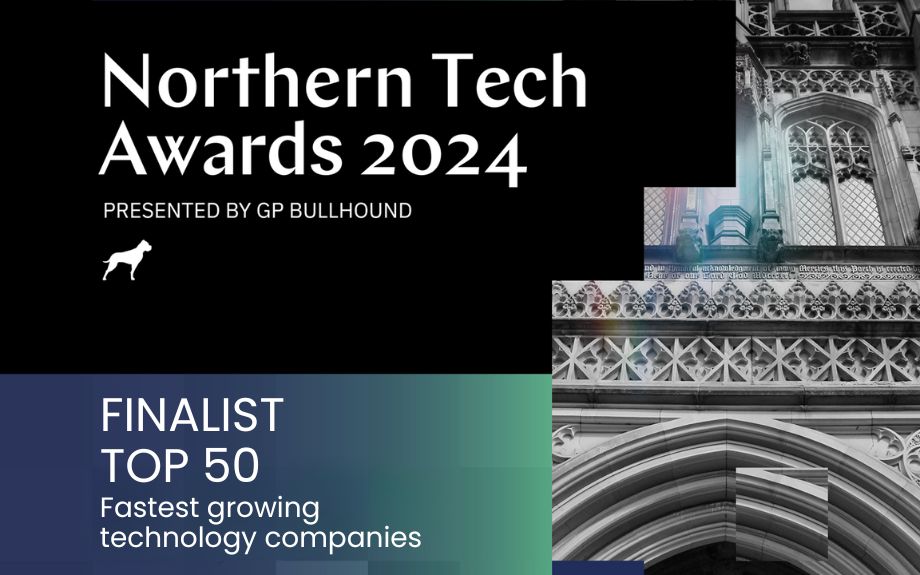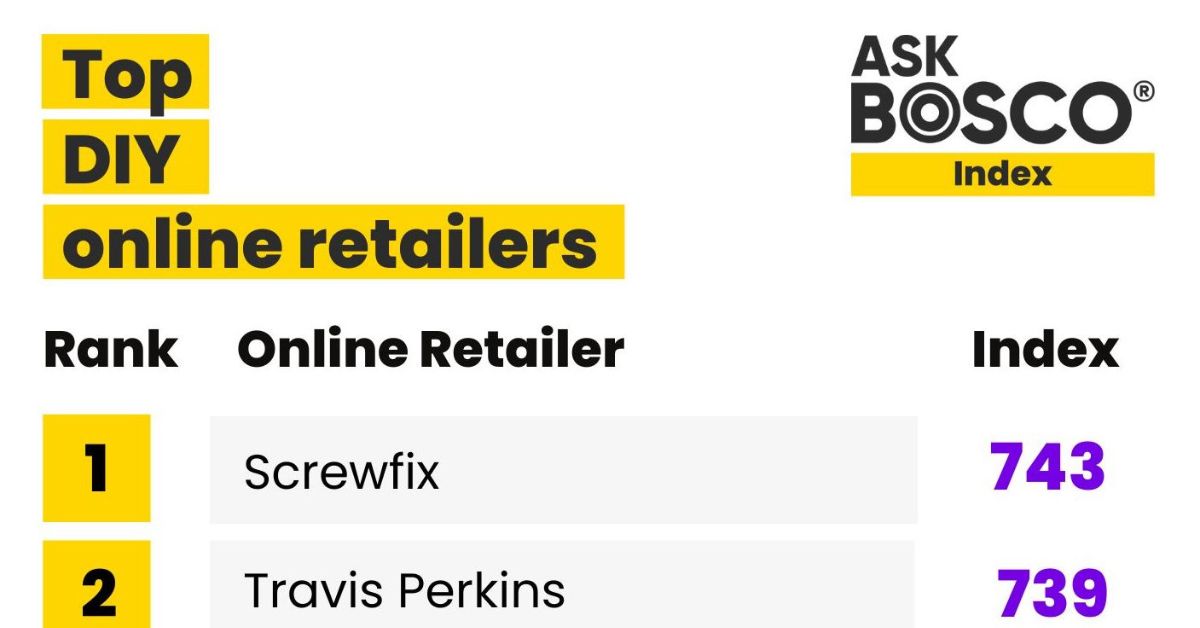Forecasting is a daunting task for any PPC marketer, as it can be difficult delivering predictions for clients on what their data will do next when it doesn’t yet exist.
Forecasting in paid search is based off the marketers analysis from the data they have available, however if you can confidently justify your decisions on the data, you have a better chance at forecasting patterns.
In this article, we’ll show you our recommendations on how to forecast in paid search, to get the best results for your clients.
Gather all your data
The fundamentals of any PPC forecast is the quantity and quality of the data. If you don’t have enough quality data, the forecast might not be valid.
Once you have access to this data, you need to take the time to gather historical data by the month, week, or day. We’d recommend including all key metrics such as impressions, clicks, CTR, conversions, revenue, CPA/CPL or ROAS to ensure the validity of the forecast and reviewing any major seasonal trends throughout a financial year.
Make sure you review this data, are there months which look out of character for the account? Could there be anomalous results due to external factors (weather, travel restrictions, new competition) or internal factors (promotion, new product launches).
Although this step may seem tedious, it is crucial that you complete it to the highest standard otherwise you could be faced with an inaccurate forecast.
Set up your forecasting models
Once you’ve ensured that you have access to all the relevant quality data that you need, you can start to build your forecasting models.
In your forecast model, you’ll need to include cost, average cost-per-click, conversion rate, click-through-rate and average order value.
You can adjust the rest of the model to accommodate your manual metrics (e.g. you would be able to adjust one metric such as click-through-rate, and the others will be adjusted automatically to the change). Once this is in place and is performing correctly, you can start to generate your forecasts.
Time to get forecasting
Before you get started, you need to decide what your objectives of the forecast are. This could be looking at certain metrics such as improved CTR or traffic to the website.
Once you have established this, you need to decide which campaign you’re going to use, and to do this, you must look at which campaigns have the most historical data to ensure the accuracy and longevity of the forecast.
Your campaign should have a minimum of three months’ historical data available, as any less there will not be enough data for an accurate prediction. You may need to carry out some additional keyword research using Google Keyword Planner to get updated trend data, first-page bid estimates and competition levels.
With any forecast there is a margin of error which will get larger the further into the future you predict. This margin of error will account for any changes which cannot be predicted, for example, the covid-19 pandemic.
Check your forecast and reforecast
Forecasts are educated predictions based on data, however as it is just a prediction, nothing can ever be 100% accurate.
As a result, you can go back through your forecasts and change the numbers to predict a better outcome for the future. Going back through your forecasts as time goes on is also recommended to see how far off your predictions were from the actual numbers. This information is valuable as you can use this data to forecast futher into the year, increasing your chances of accuracy.
Start forecasting like a boss
Being able to predict how your paid campaigns will perform in the future will provide valuable insights of which direction the company will be headed in the future and the rewards can be huge. However, it can be time consuming and there is always the element of human error.
BOSCO™ is an AI and machine learning and forecasting platform. BOSCO™ runs in the background of any campaign and provides timely updates as and when they are needed, cutting out the painful time element of forecasting. BOSCO has all your data in one place and takes competitor data into account to provide more accurate forecasts.
If you’d like to save tonnes of time and have a clear view of digital marketing performance, book a 15-minute demo with one of the BOSCO™ Team. Or drop us an email if you’d like to receive more digital marketing insights like these.




